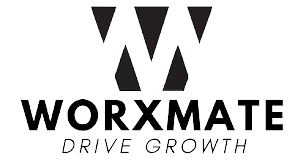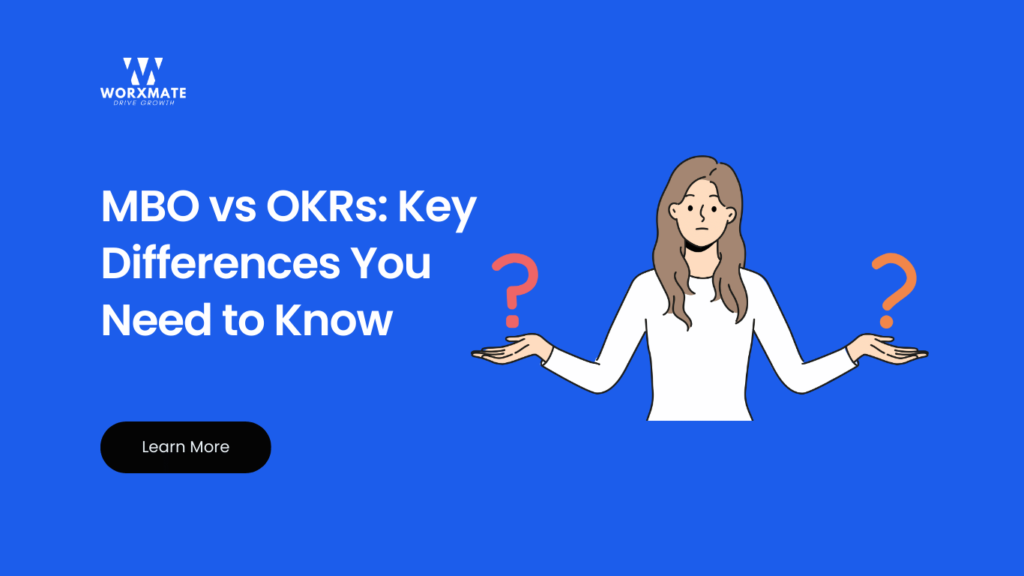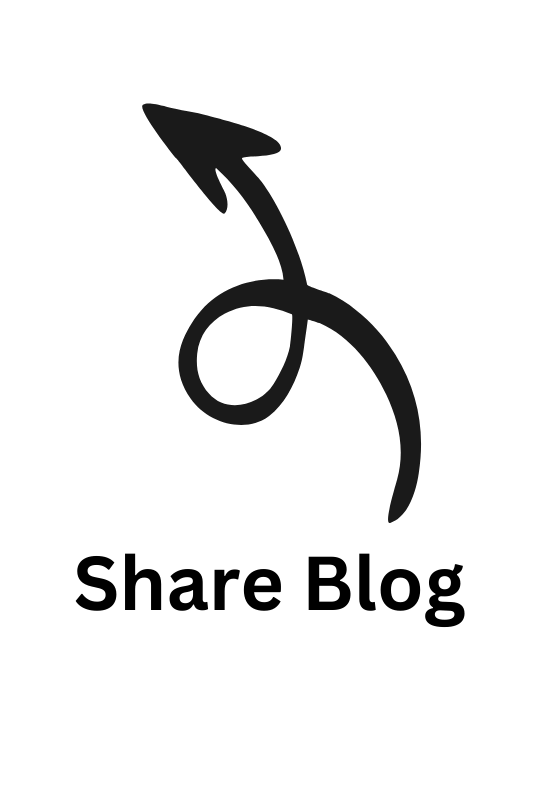When it comes to business management methodologies, there are two main approaches that have gained prominence: Management by Objectives (MBO) and Objectives and Key Results (OKR). MBO, which was developed by Peter Drucker in the 1950s, brought about significant changes in traditional practices. On the other hand, OKR, introduced by John Doerr, has become popular in recent years due to its agile and results-oriented approach, especially in the tech industry. In this discussion, we will delve into the key principles and characteristics of both MBO and OKR, with the goal of determining which framework is best suited to meet the dynamic needs of modern business.
Let us understand each framework and find out the best fit for your business.
Management by Objectives (MBO)
Peter Drucker’s Management by Objectives (MBO), first introduced in the 1950s, helped transform business practices. MBO involves managers and employees working together to define precise goals that align with the company’s overall objectives. These goals include specific, measurable standards to monitor progress and achievements. Regular feedback and performance assessments ensure that employees stay aligned with organizational goals and support continuous improvement. Ultimately, MBO concludes with comprehensive performance evaluations, fostering accountability and contributing to the overall success of the organization.
Features of MBO
- Participative Goal Setting: MBO goals are established through an active process that includes both management and employees. This participation guarantees that people in charge of accomplishing the goals understand, embrace, and commit to them, hence increasing motivation and engagement.
- Performance Measurement and Monitoring: MBO entails regular monitoring of progress toward objectives. This includes setting clear measurements and indicators for measuring performance, as well as providing timely feedback and corrective measures as needed.
- Feedback and Coaching: Managers play an important role in offering feedback and mentoring to employees so that they can reach their goals. This constructive feedback is intended to improve performance and development while building a culture of continual improvement.
- Flexibility and Adaptability: While objectives are established in MBO, there is some freedom in how they are met. Employees are free to choose the best ways for achieving their objectives, allowing for creativity and innovation in problem solving while adjusting to changing conditions.
Objectives and Key Results (OKR)
Objectives and Key Results is a systematic approach to setting goals within organizations. It focuses on defining ambitious goals (Objectives) and establishing specific, measurable milestones (Key Results) to track progress towards achieving those goals. By implementing OKRs, organizations enhance collaboration, foster transparency, and hold individuals accountable for their contributions, ultimately enabling teams to align their efforts and make meaningful progress towards their strategic objectives. 78% of employees who use OKRs are satisfied with their jobs.
Features of OKR
- Focus on Ambitious Objectives: OKRs are all about setting ambitious and aspirational goals that challenge individuals and teams to achieve substantial results. These goals should be qualitative and inspiring, encouraging teams to push their limitations.
- Key Results for Measurable Outcomes: Each OKR objective is accompanied by specific, measurable Key Results that specify how progress toward the goal will be monitored. Key Results are quantifiable and actionable, with clear markers of success.
- Transparency and Alignment: OKRs foster openness and alignment within the organization by ensuring that everyone understands the overarching goals and how their work fits into them. This alignment ensures that efforts are focused on common goals.
- Regular Check-ins and Iterative Improvement: OKRs are usually set for a specified time, such as quarterly or annually, and then reviewed and modified on a regular basis. Teams do regular check-ins to review progress, address difficulties, and make necessary adjustments to keep on course.
- Continuous Learning and Adaptation: OKRs promote a culture of constant learning and adaptation by promoting experimenting and learning from both triumphs and failures. Teams are encouraged to push themselves, take measured risks, and innovate in pursuit of their goals.
The Best Framework
OKRs are ideal for adaptable businesses, fostering a sense of responsibility, accountability, creativity, and achievement of ambitious targets. Their dynamic and outcome-oriented approach promotes collaboration, adaptability, and organizational alignment, making them essential for businesses navigating the rapidly evolving business environment. Overall, OKRs are the most cutting-edge and effective framework for setting goals and managing performance. They provide a comprehensive and adaptable methodology that facilitates success in the demanding business world of today.
Book a demo to use a fantastic and easy OKR Software.



